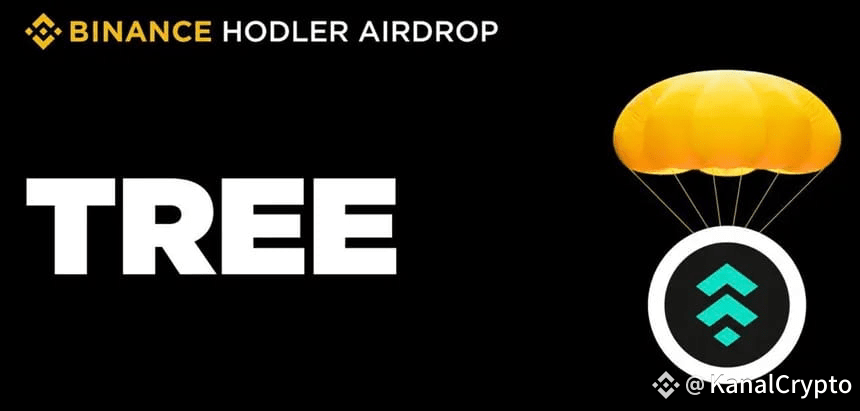
📌 Key Takeaways
Treehouse brings fixed income to crypto, mirroring traditional finance products like bonds and treasury notes.
Users can deposit ETH or liquid staking tokens (LSTs) to receive tETH, which earns optimized yields via smart arbitrage.
Decentralized Offered Rate (DOR) introduces benchmark interest rates to crypto, starting with Ethereum.
Treehouse’s approach aims to standardize DeFi rates, reduce market fragmentation, and unlock predictable, long-term yield products.
🚀 Introduction
Earning steady returns in DeFi isn’t easy. Interest rates differ wildly across platforms, and there’s no clear benchmark for comparing options. That’s where Treehouse comes in.
Treehouse is building the crypto-native equivalent of fixed income markets, starting with Ethereum. It gives users access to more stable and predictable yields, and unlocks a foundation for more advanced DeFi financial products.
💡 What Is Fixed Income in Crypto?
In traditional finance, fixed income refers to predictable investments like bonds—products that deliver regular, known returns over time.
Treehouse brings this model to DeFi, enabling you to earn more consistent yields on your digital assets without chasing protocols or rates manually.
🌳 What Is Treehouse?
Treehouse is a decentralized protocol introducing fixed income to DeFi through two main innovations:
tAssets (like tETH): Yield-generating tokens powered by arbitrage and intelligent rate optimization.
Decentralized Offered Rate (DOR): On-chain interest rate benchmarks, like Ethereum’s version of SOFR.
🔁 What Is tETH?
tETH is what you receive when depositing ETH or LSTs like stETH into the Treehouse protocol.
It’s not just a wrapper—it actively scans the Ethereum ecosystem for the best yield opportunities (like staking vs. lending spreads), executes smart arbitrage, and passes returns back to holders.
🌱 Extra Benefits:
Automatic yield optimization—no more manual rate-hunting.
Point rewards for early users through Treehouse’s native incentives program.
📉 What Is DOR (Decentralized Offered Rate)?
DOR is an on-chain benchmark interest rate—like SOFR, but for Ethereum. It answers the question: What’s a fair average lending rate for ETH?
Built through decentralized consensus, DOR relies on multiple roles:
Operators: Coordinate rate feeds (Treehouse is the first).
Panelists: Submit rate data using Treehouse tools.
Delegators: Users who delegate tAssets for rate voting.
Referencers: Platforms that use DOR for pricing (DeFi protocols, exchanges, etc.).
📊 Treehouse Ethereum Staking Rate (TESR) Curve
The TESR Curve is Treehouse’s first DOR, using Ethereum staking yields to define a benchmark yield curve.
Similar to how traditional finance uses Treasury yields, TESR helps protocols build consistent, transparent fixed-income products.
🧰 Use Cases of DOR & TESR
Treehouse's infrastructure enables:
Interest rate swaps (IRS) to hedge rate volatility.
On-chain treasury products, like crypto-native bonds.
Yield curves for pricing loans, savings, and other structured DeFi products.
This paves the way for institutional adoption and better risk management in DeFi.
⚠️ tETH Risks
As with all DeFi protocols, risks exist:
Protocol failure (e.g., stETH depeg, lending collapse).
Smart contract bugs.
Oracle failures or inaccurate data feeds.
Crowded lending pools, leading to reduced yield.
🛡️ How Treehouse Mitigates Risk
Treehouse has implemented multiple protections:
Insurance Fund to cover unexpected losses.
Protocol-Owned Peg Protection (PPP) buys underpriced tETH during volatility.
Depeg contingency plans for major liquid staking disruptions.
These measures aim to protect users while maintaining reliable yield infrastructure.
🌲 TREE Token Utility
The TREE token powers the Treehouse ecosystem:
Query fees: Paid in TREE when using DOR data.
Staking by panelists: Ensures reliable rate submissions.
Rewards: Distributed to panelists & delegators for accurate data.
Governance: Vote on key upgrades and decisions.
Innovation grants: DAO-funded initiatives and ecosystem expansion.
📦 Binance HODLer Airdrop: TREE Token
Treehouse was selected as the 29th project for Binance HODLer Airdrops.
On July 28, 2025, users who subscribed BNB to Simple Earn or On-Chain Yields (from July 10–13) received a share of 12.5 million TREE tokens (1.25% of total supply).
TREE is now listed on Binance with Seed Tag, and trades against USDT, USDC, BNB, FDUSD, and TRY pairs.
🧠 Closing Thoughts
Treehouse is laying the groundwork for fixed income in DeFi—making yield more transparent, stable, and comparable.
With tETH, DOR, and the TESR Curve, Treehouse could reshape how users, protocols, and institutions interact with yield in crypto.
📚 Further Reading
What Are Funding Rates in Crypto Markets?
What Are Decentralized Derivatives?
4 Ways to DYOR on DeFi Yield Farms
🛑 Disclaimer: This content is for educational purposes only and not financial advice. Digital assets are volatile. Please DYOR and consult professionals before investing.




